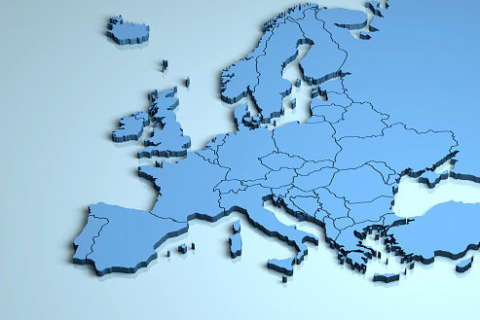MADRID (AP) — Authorities on the Spanish island of La Palma said Monday they are tightening their surveillance of an erupting volcano, after part of the crater collapsed and unleashed a cascade of more liquid and faster-moving lava.
The crater was “like a dam,” said María José Blanco, a director of the National Geographic Institute on the Canary Islands. When part of its wall collapsed, fiery molten rock poured out from a “lava lake” inside.
The more fluid lava followed the same course as previous molten rock which has now hardened, filling up gaps and spilling over the sides into surrounding countryside.
The river of lava is now 1,250 meters (4,100 feet) wide — 300 meters (1.000 feet) wider than on Sunday, when the crater partially crumbled.
More earthquakes also rattled the island Monday, though officials said they were deep underground and weren’t expected to create new fissures.
The volcano on the Cumbre Vieja ridge, which erupted two weeks ago, has become more explosive after subsiding for several days last week. The Canary Islands Volcanology Institute showed images of football-sized chunks of lava, which it called “volcanic bombs,” hurled hundreds of meters from the crater.
The area covered by lava has grown to more than 413 hectares (1,020 acres) and the new rocky shelf on the shore where the lava meets the Atlantic Ocean now covers almost 33 hectares (around 80 acres), according to Miguel Ángel Morcuende of the regional volcano emergency department.
“It’s not over yet, we don’t even know how long there is to go,” Canary Islands’ regional president Ángel Víctor Torres told public broadcaster RTVE. “We’re in nature’s hands.”
Most of La Palma, where about 85,000 people live, has been unaffected by the eruption. Swift evacuations helped avoid casualties from the eruption.
But the lava is causing significant damage to property, public infrastructure and farmland.
It has so far partially or completely wrecked more than 1,000 buildings, mostly homes, destroyed nearly 35 kilometers (about 20 miles) of roads, according to a European Union satellite monitoring agency.
Local authorities prepared to distribute drinking water to homes after the lava flow broke public supply pipes.
The volcanic emergency committee ordered emergency workers and scientists to pull back from the area around the volcano because of poor air quality.
Copyright © 2024 The Associated Press. All rights reserved. This material may not be published, broadcast, written or redistributed.







